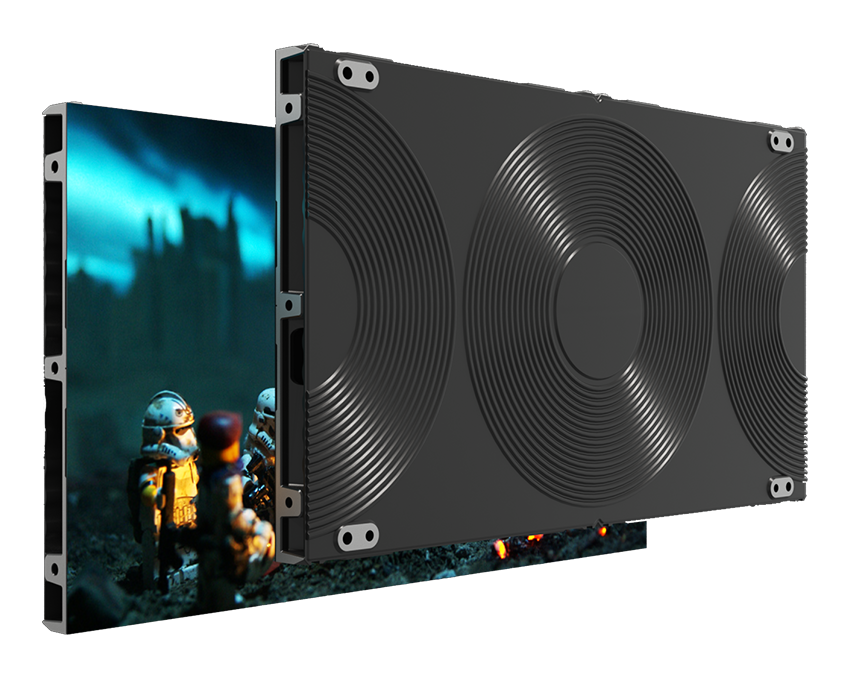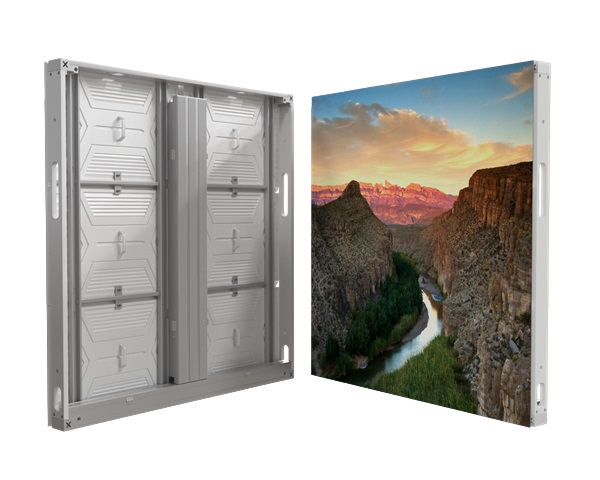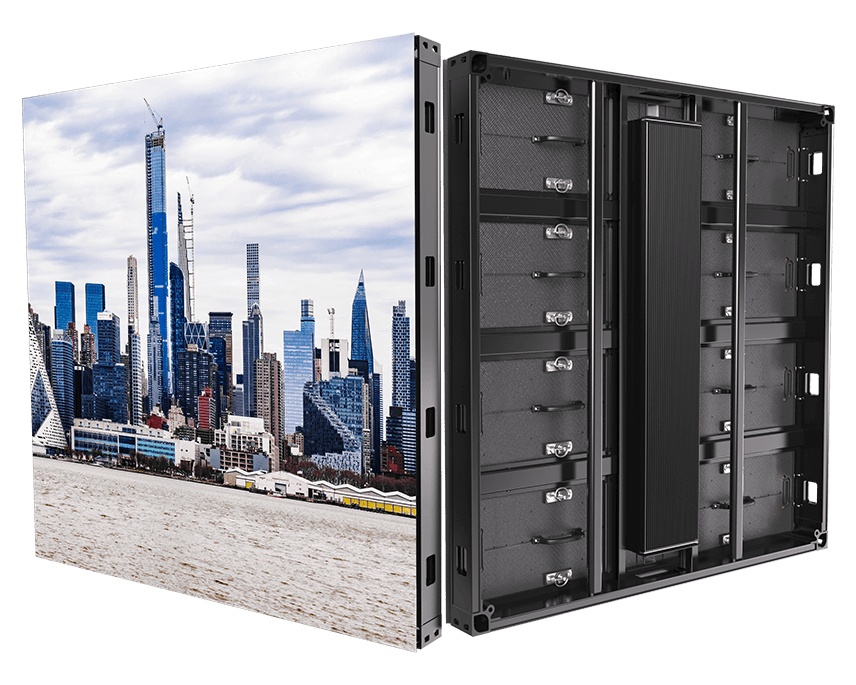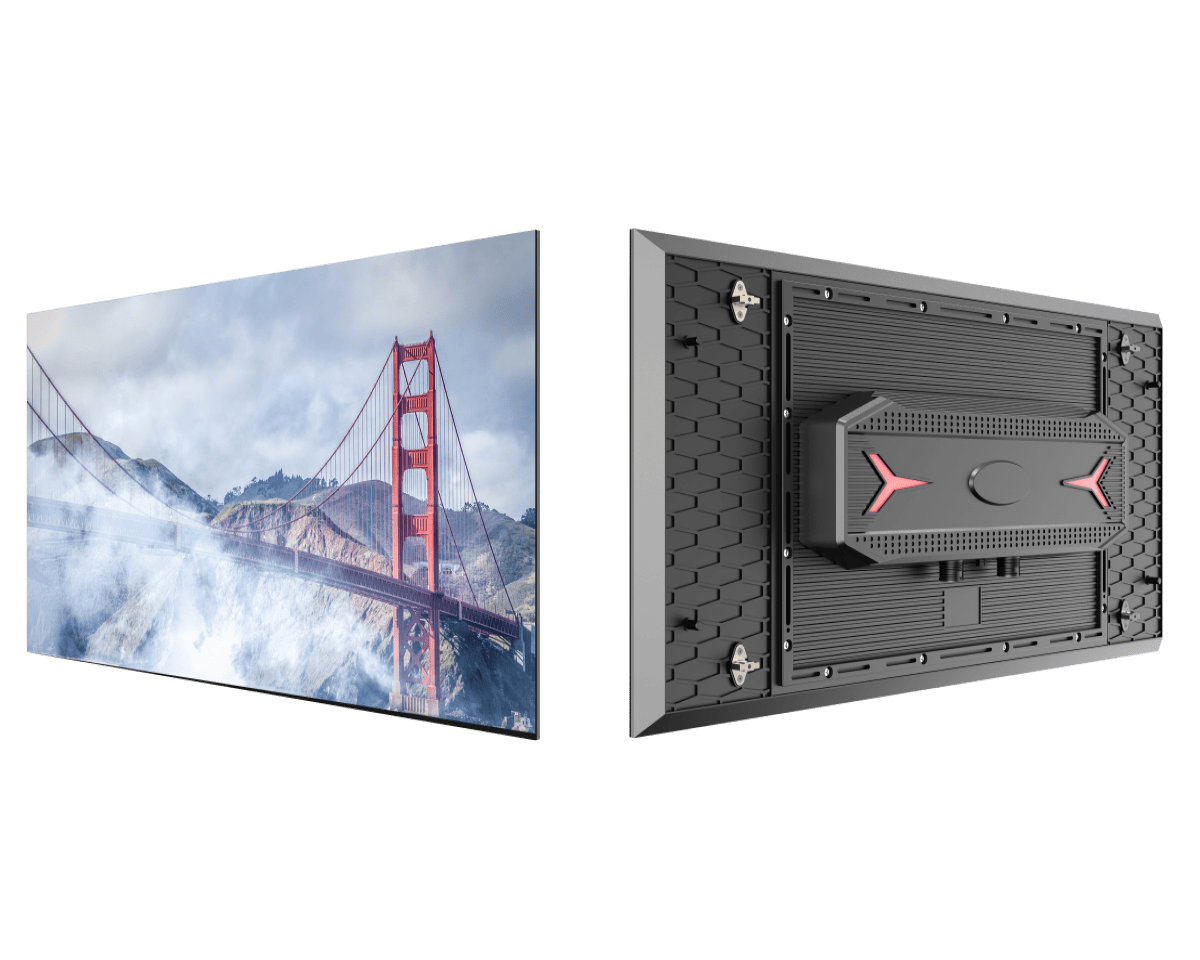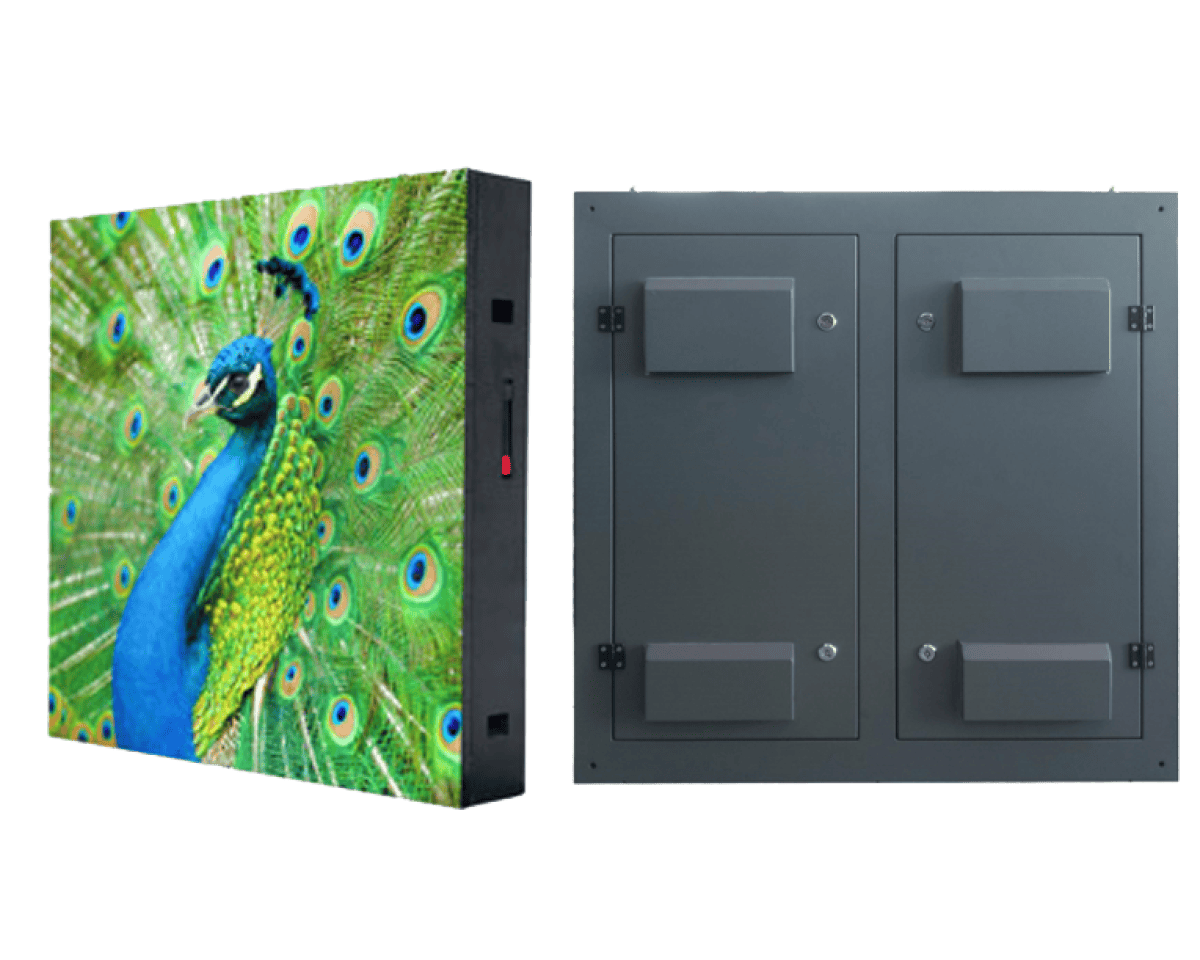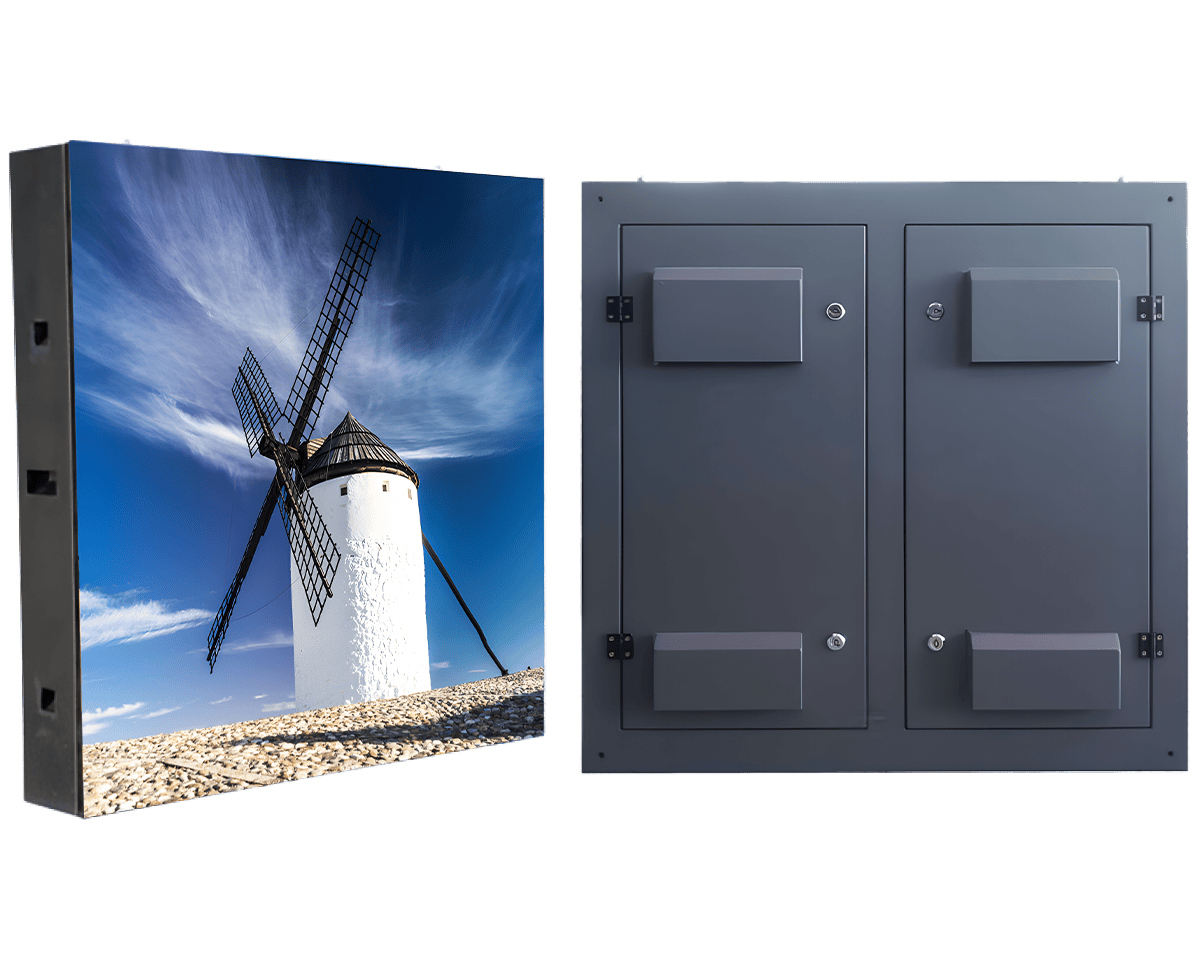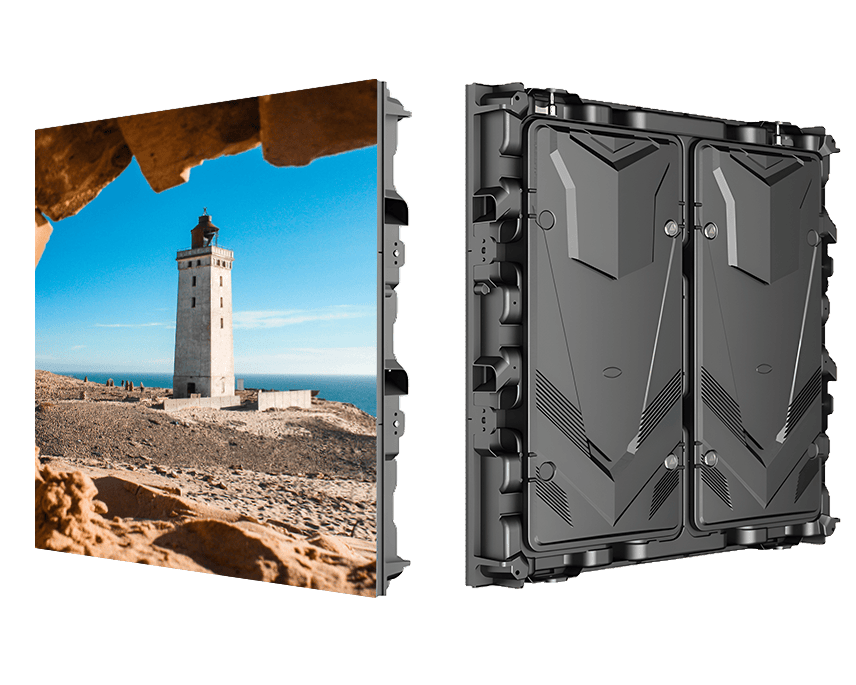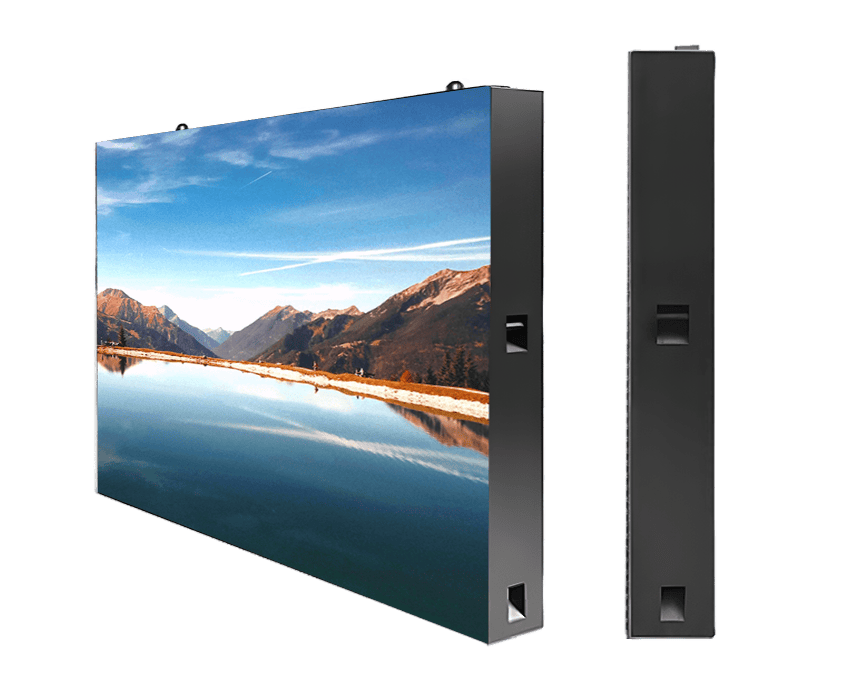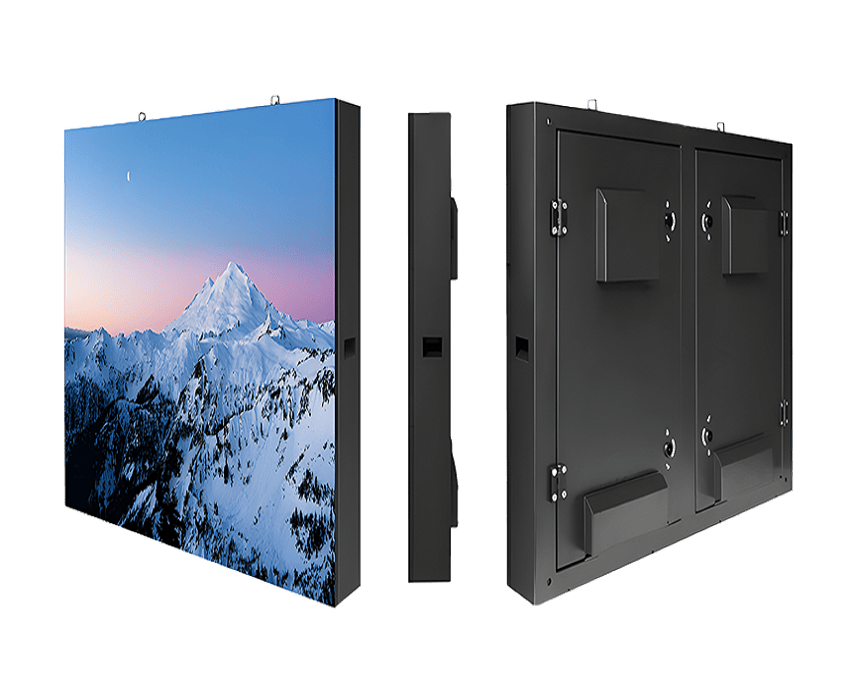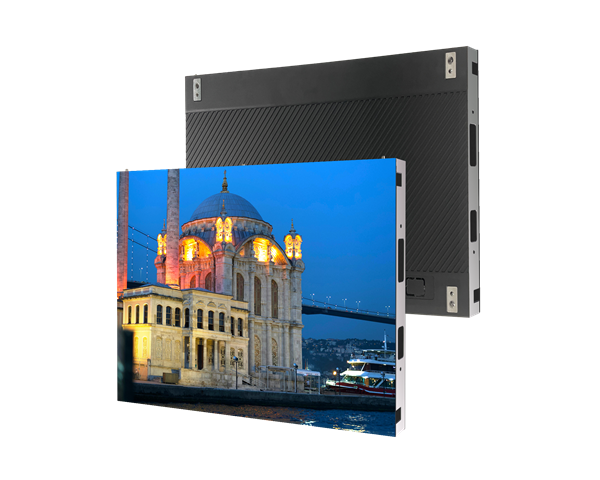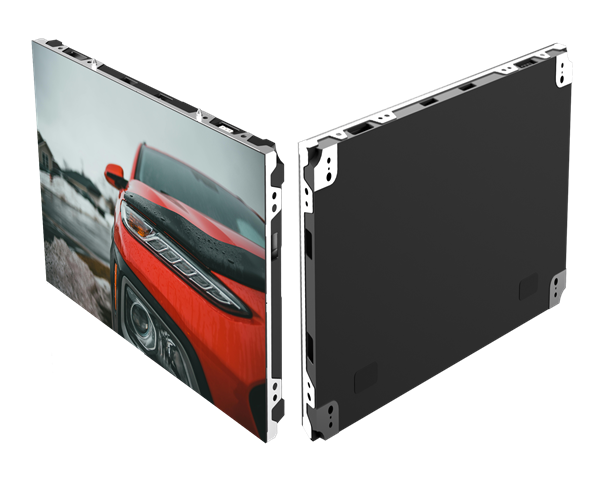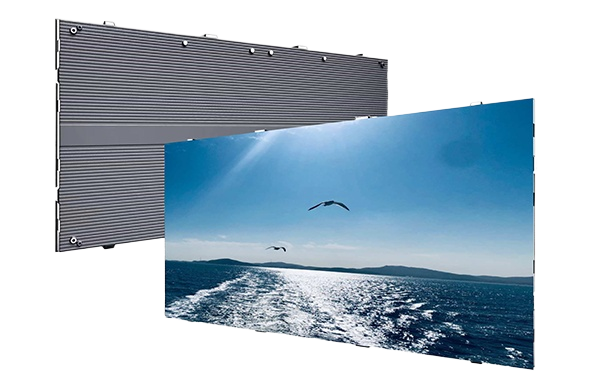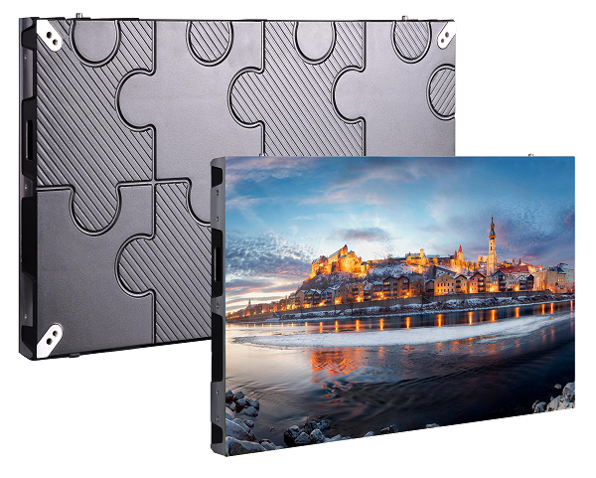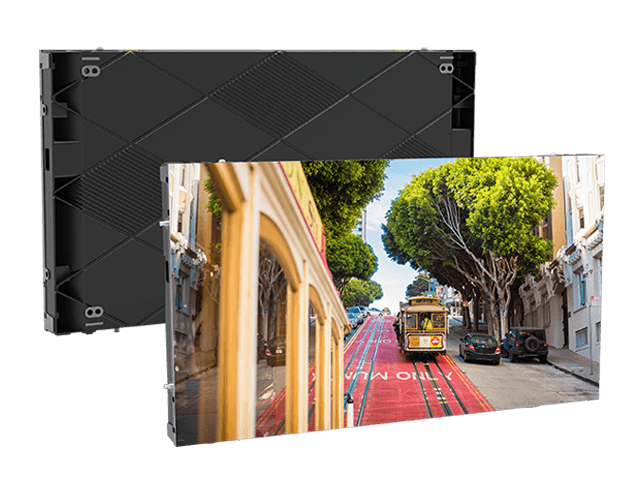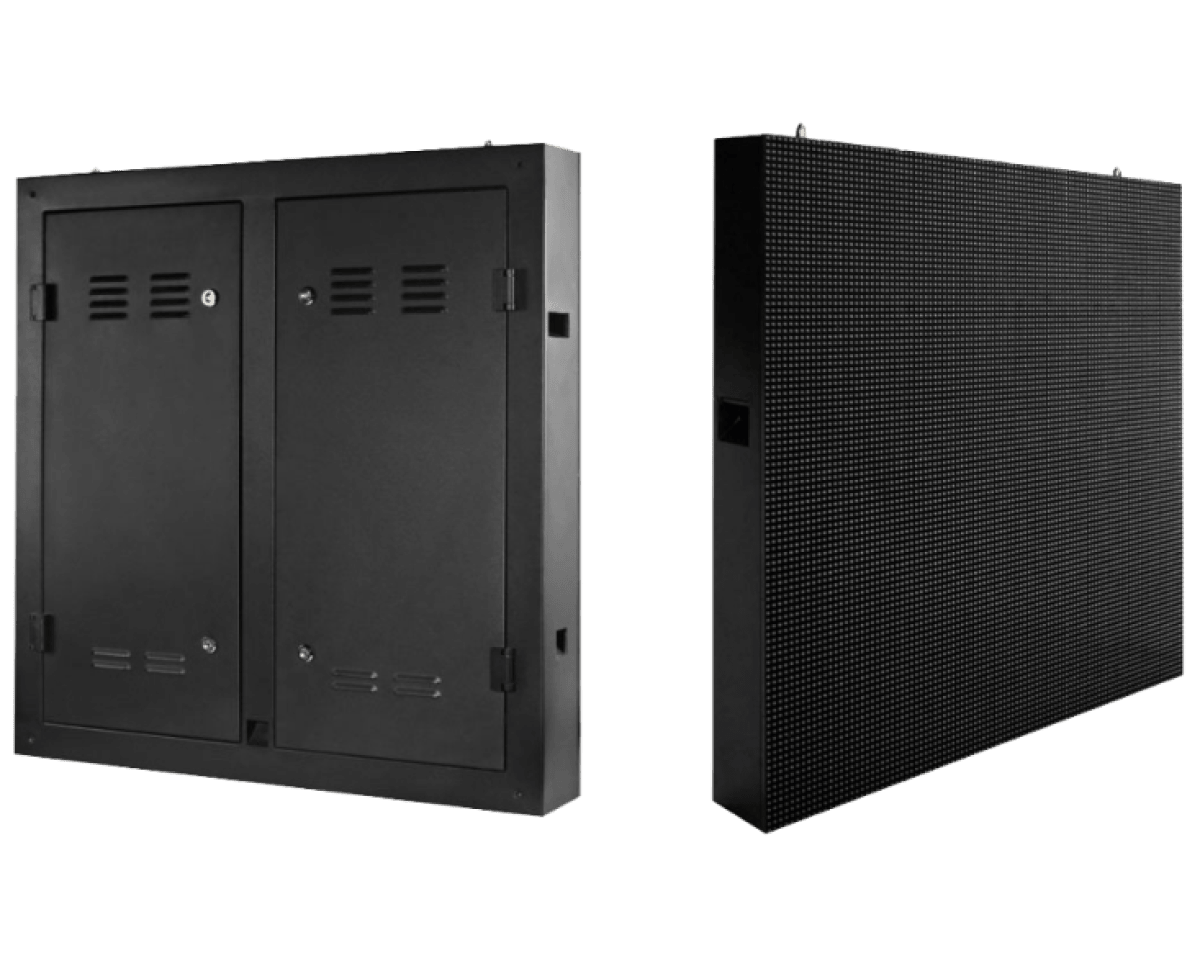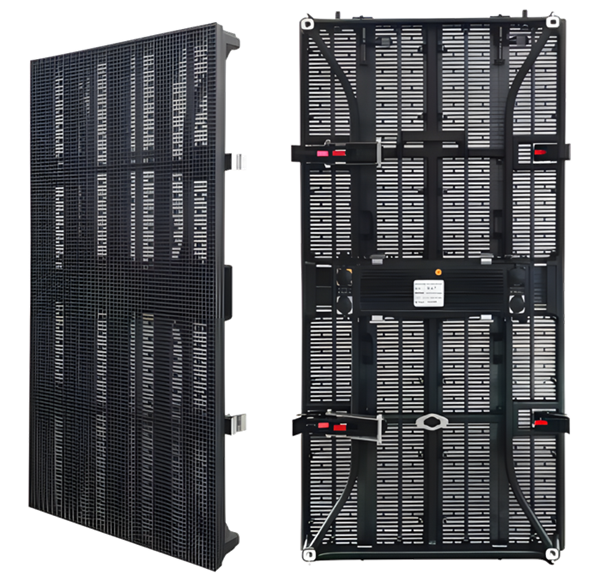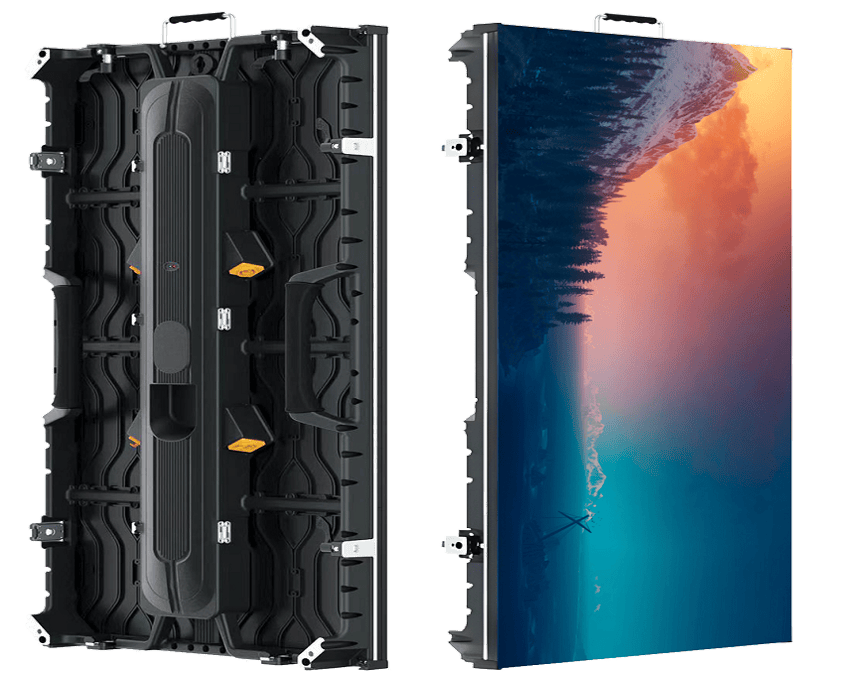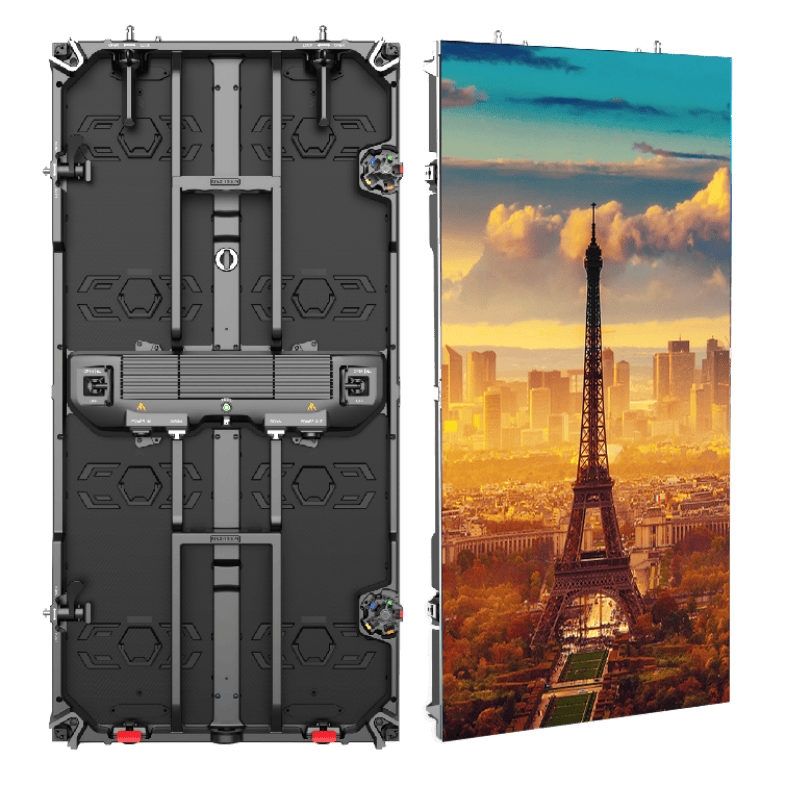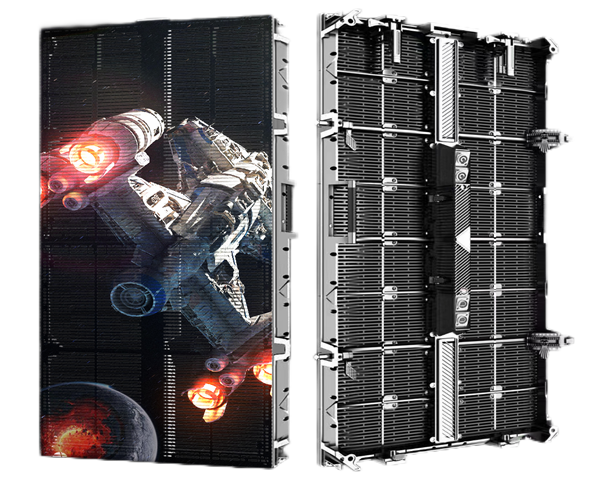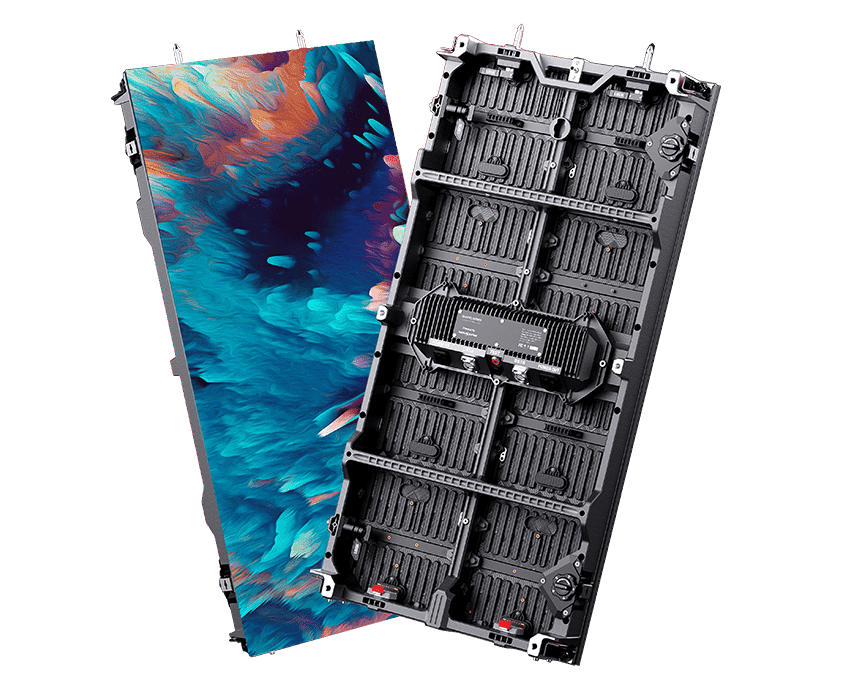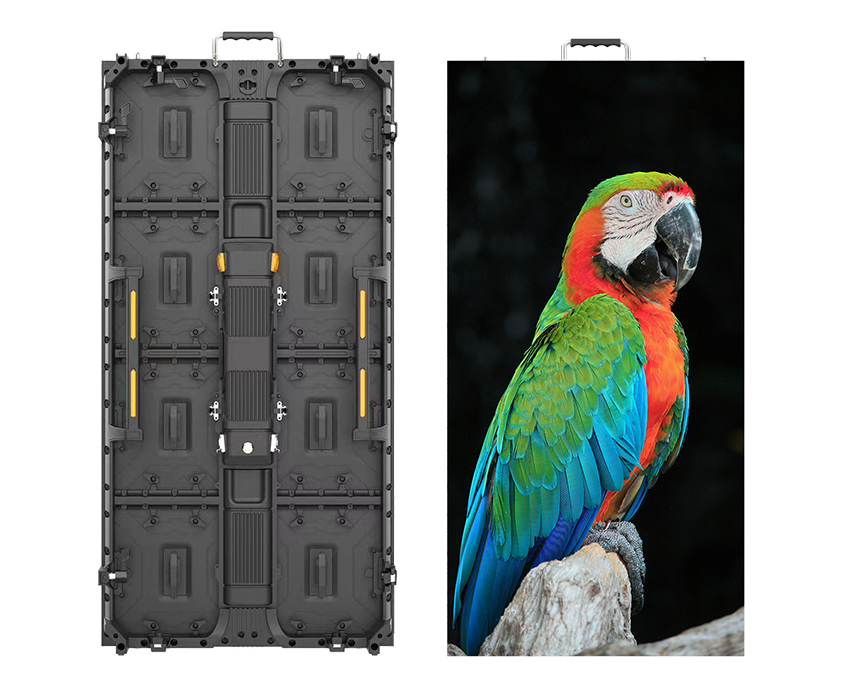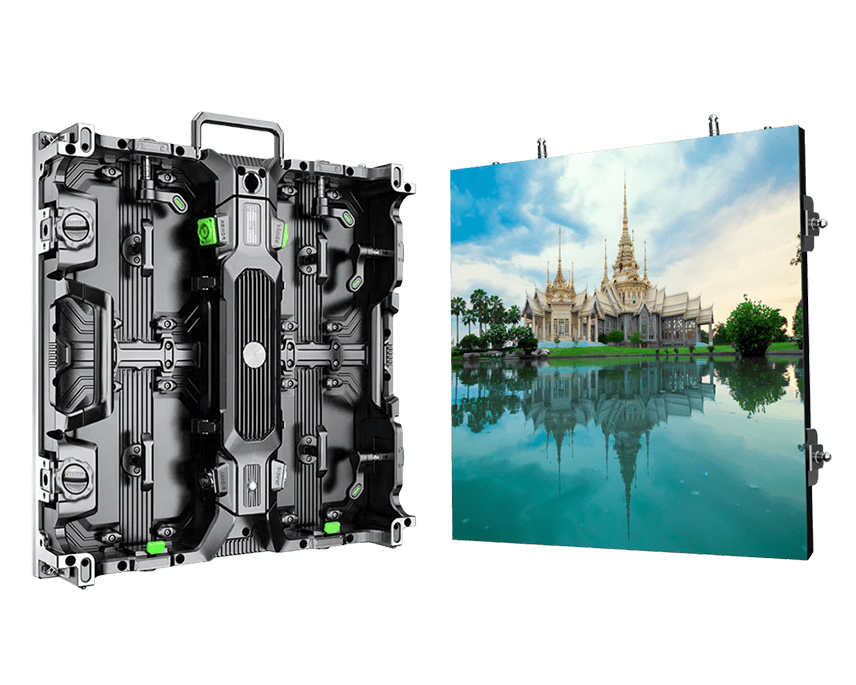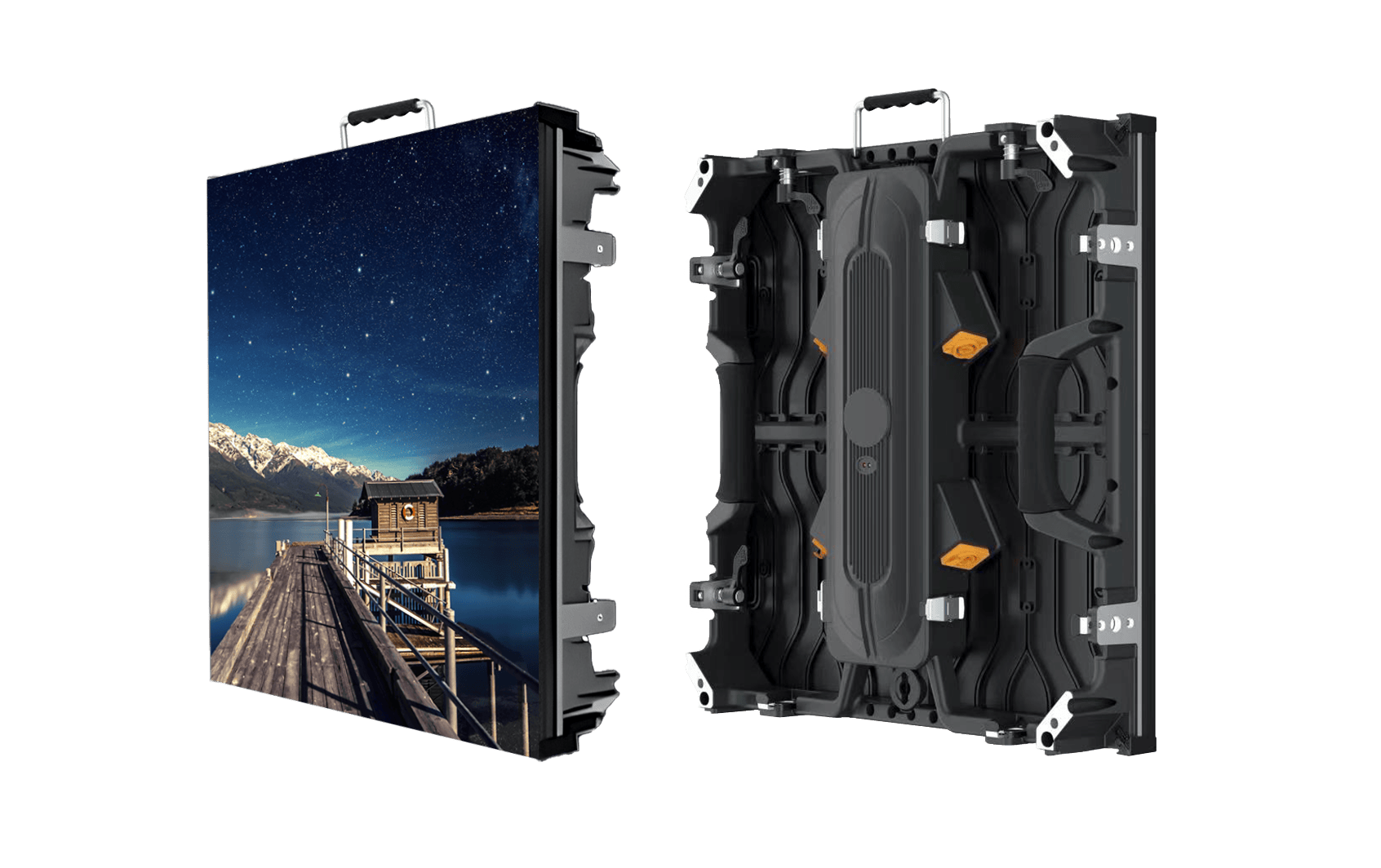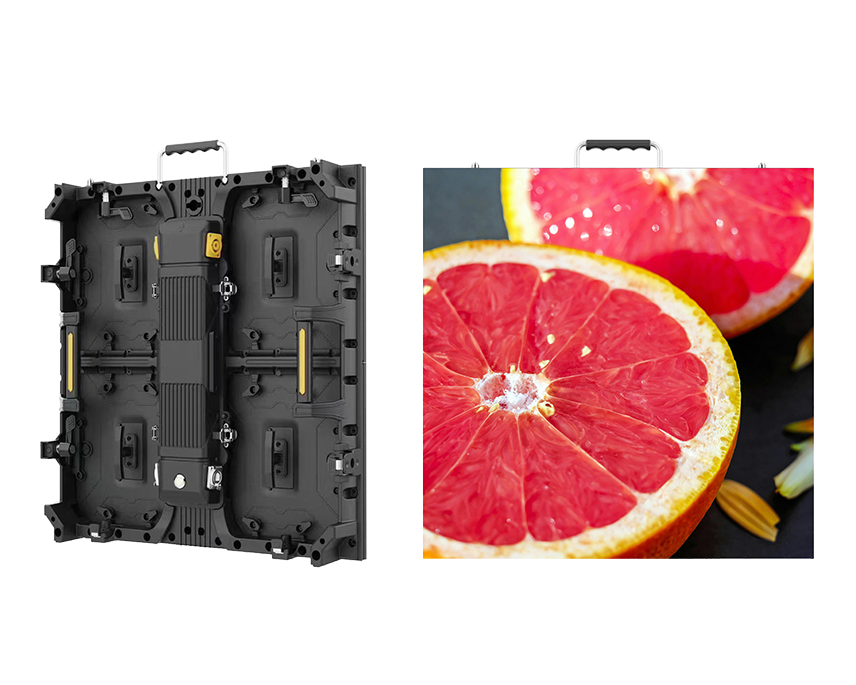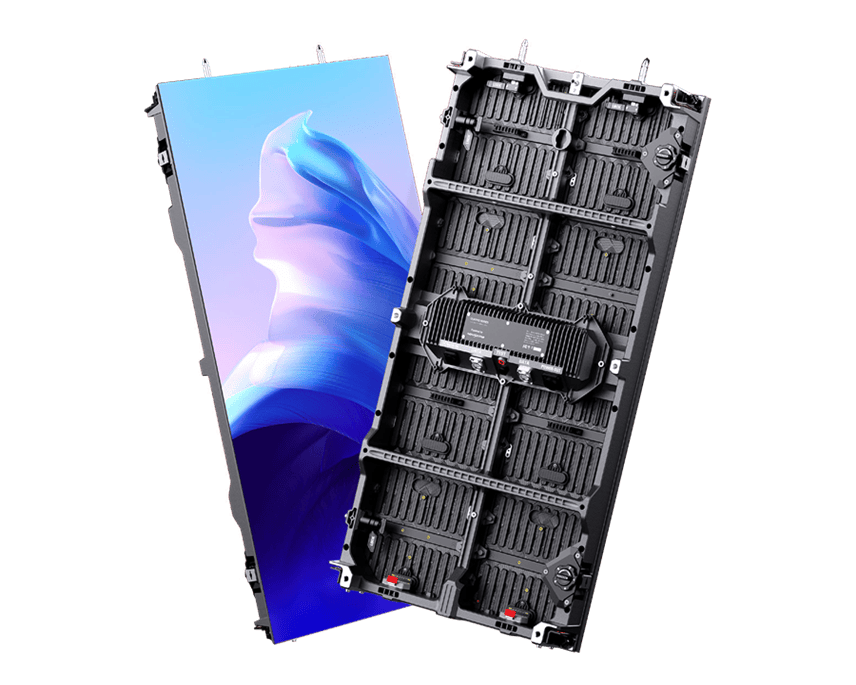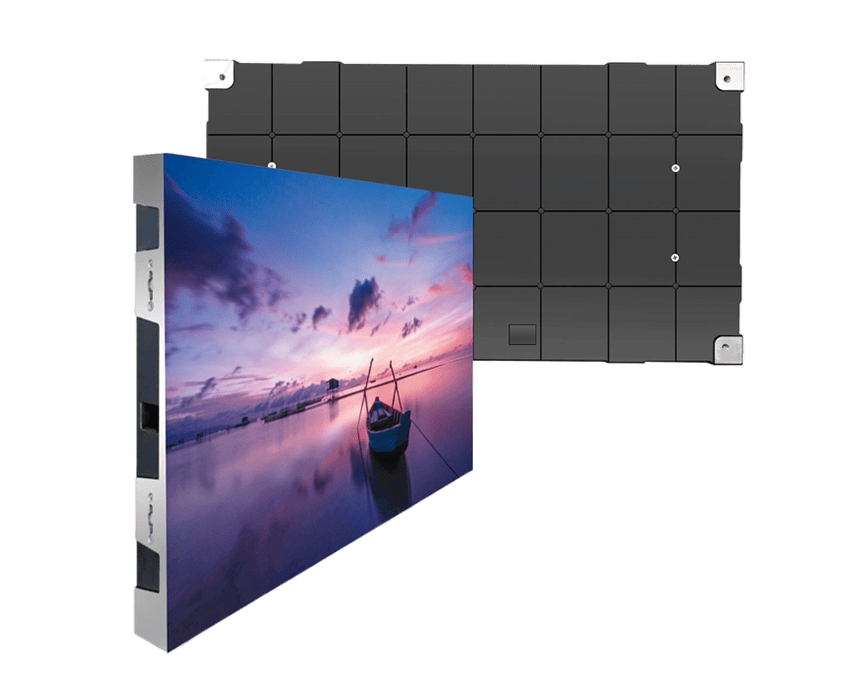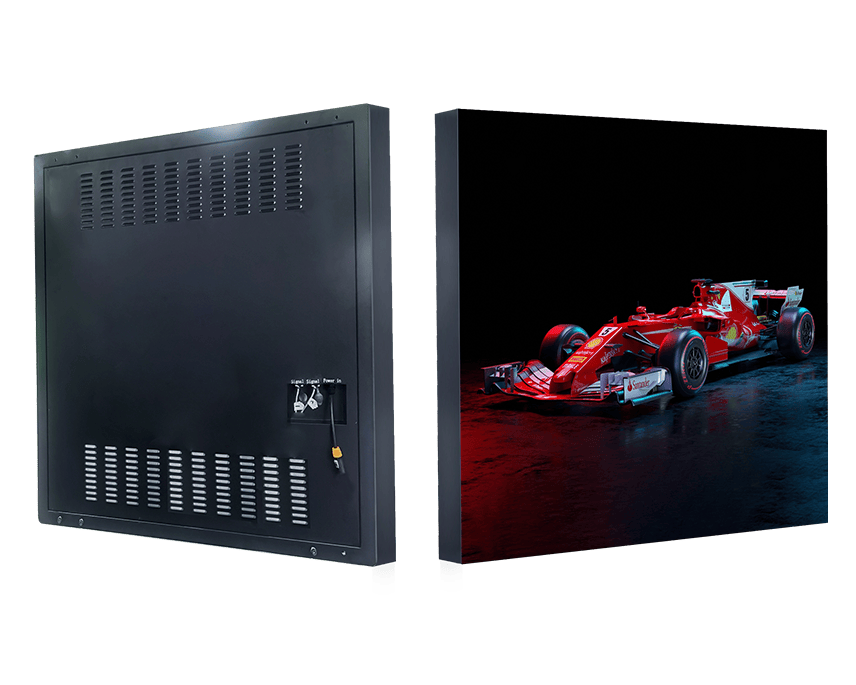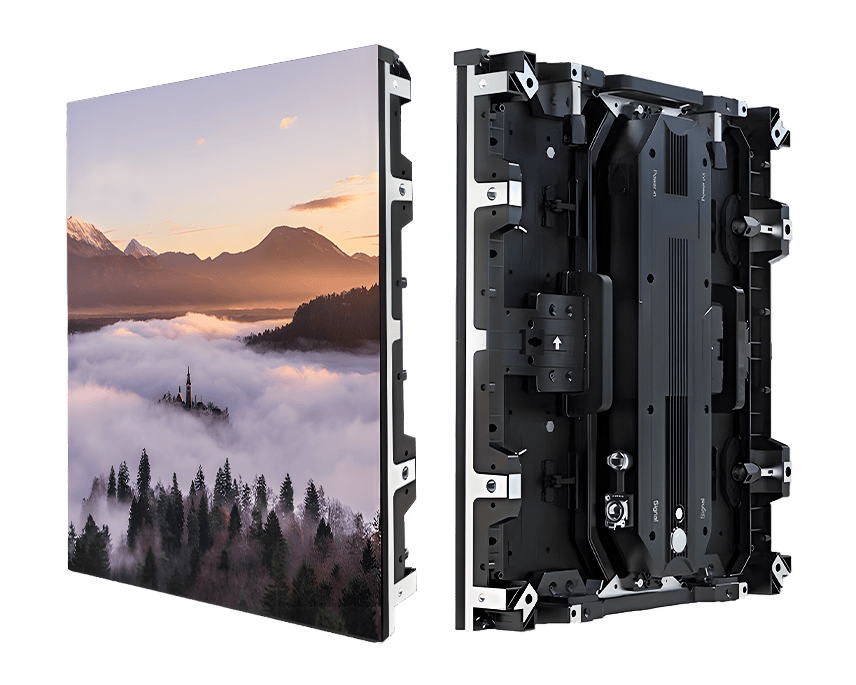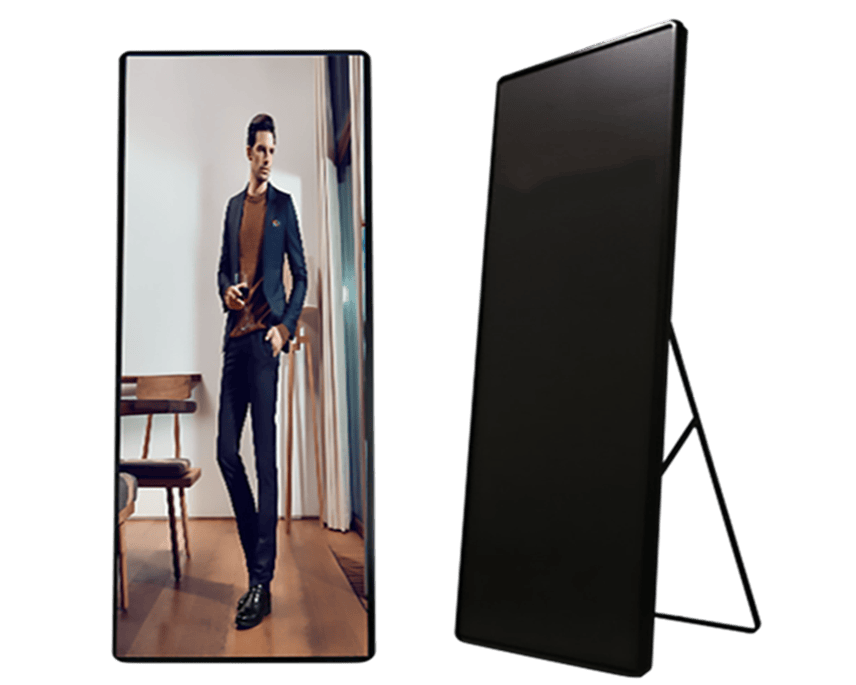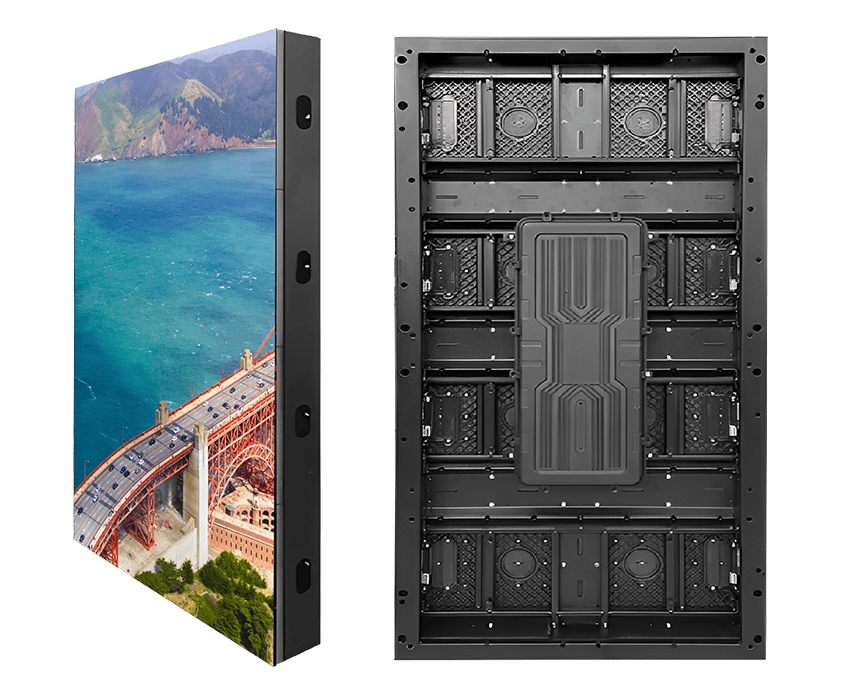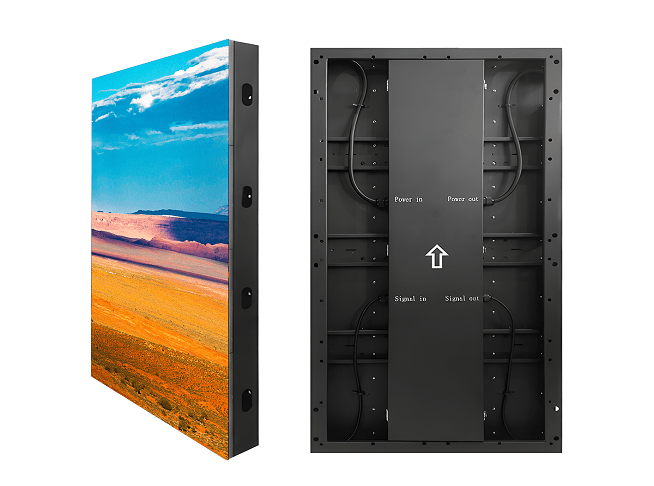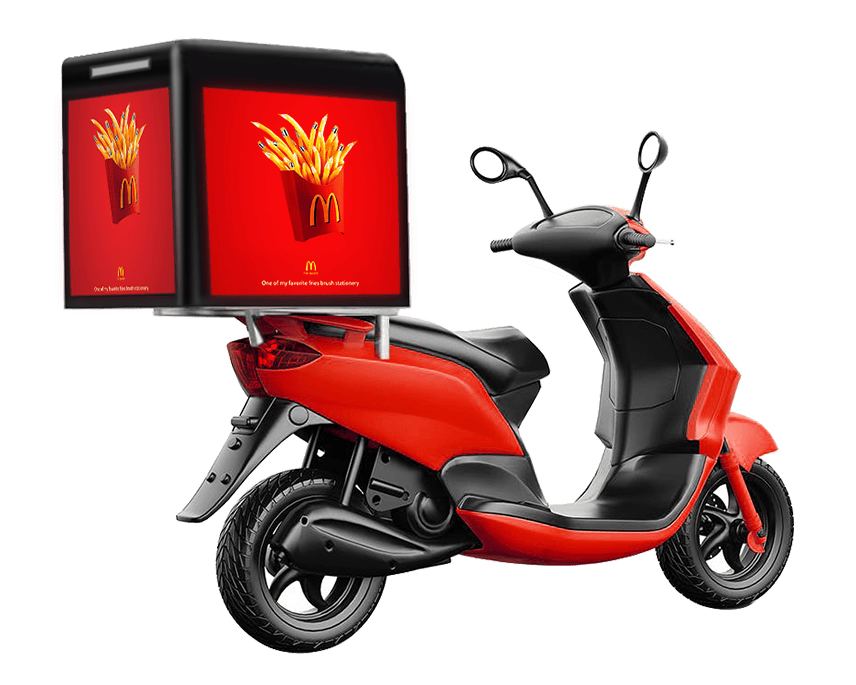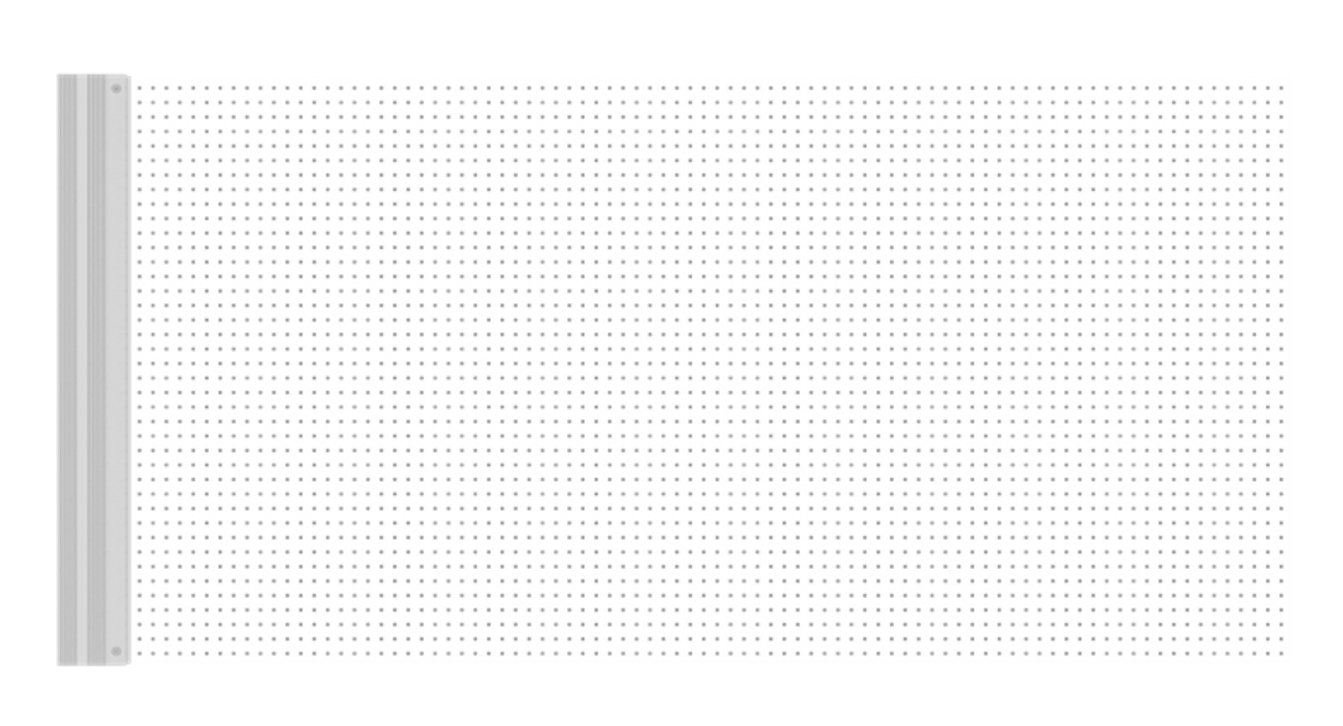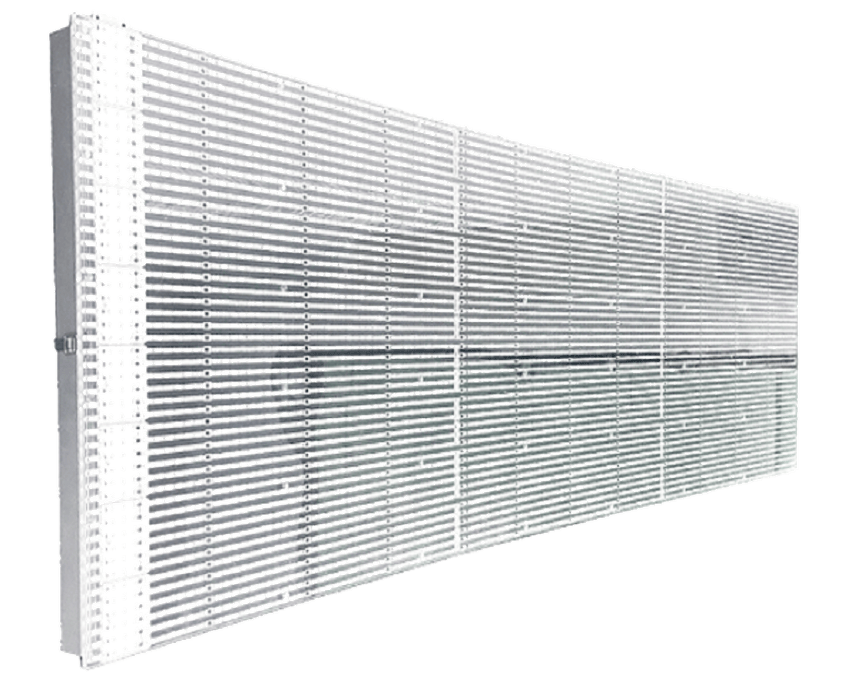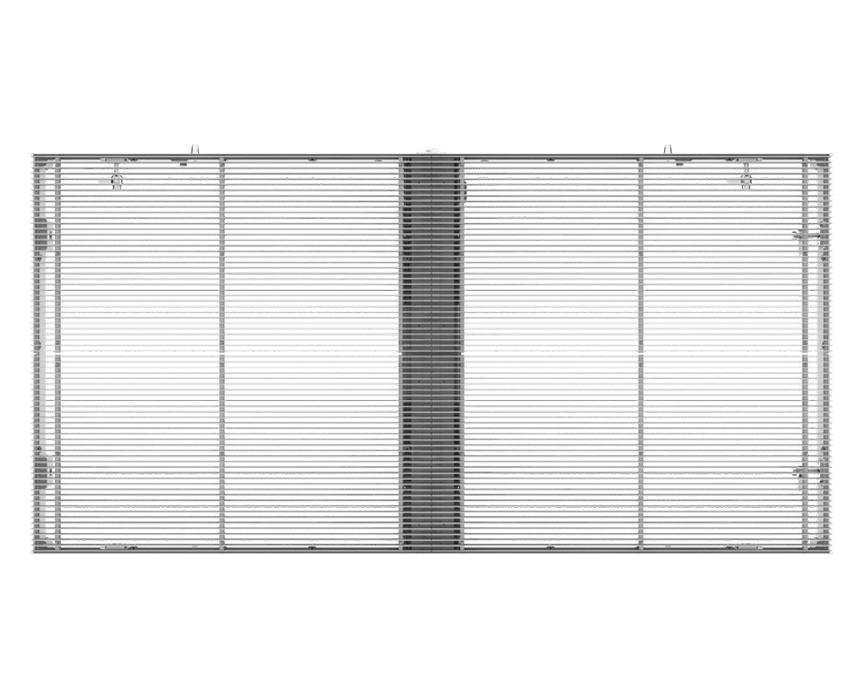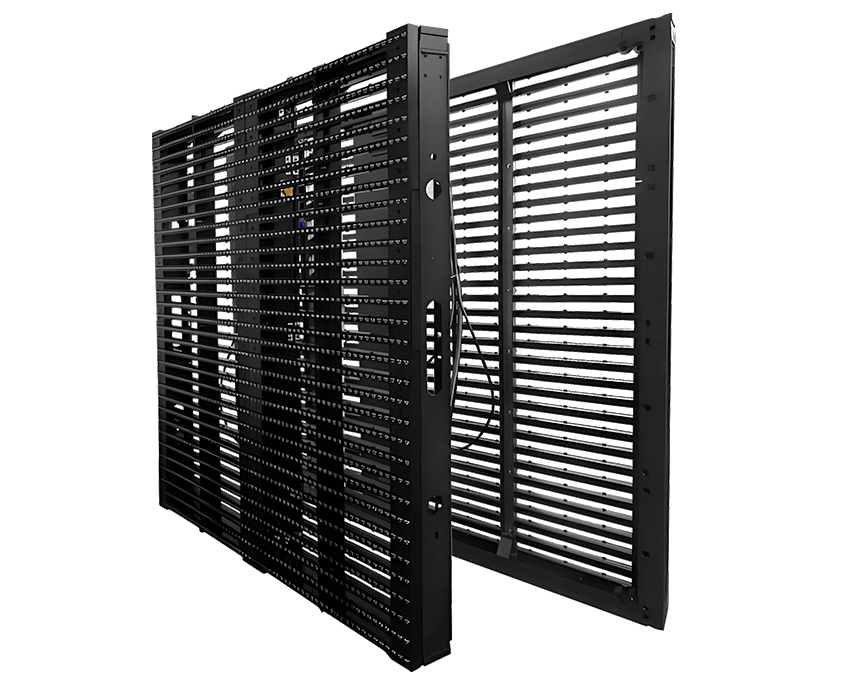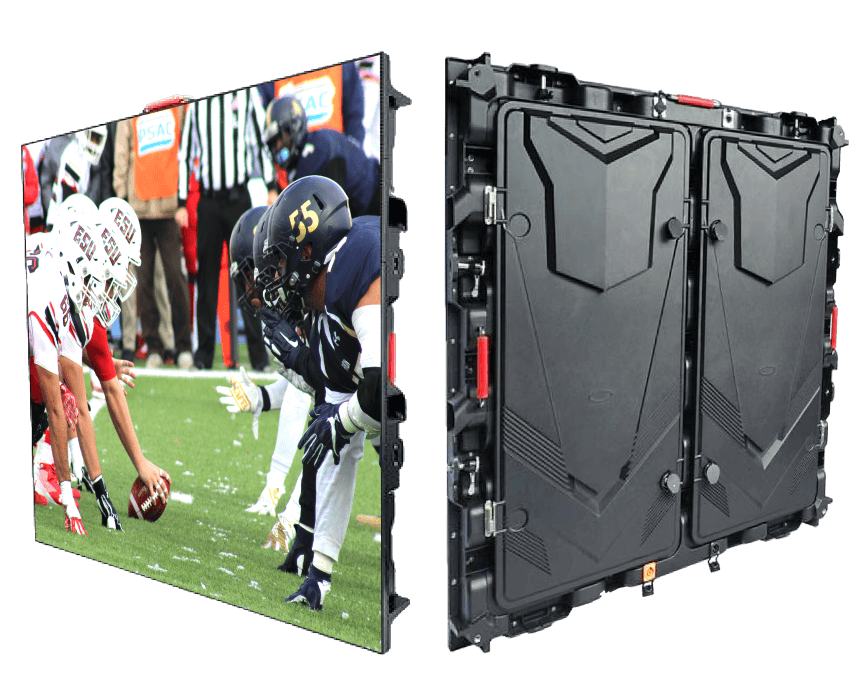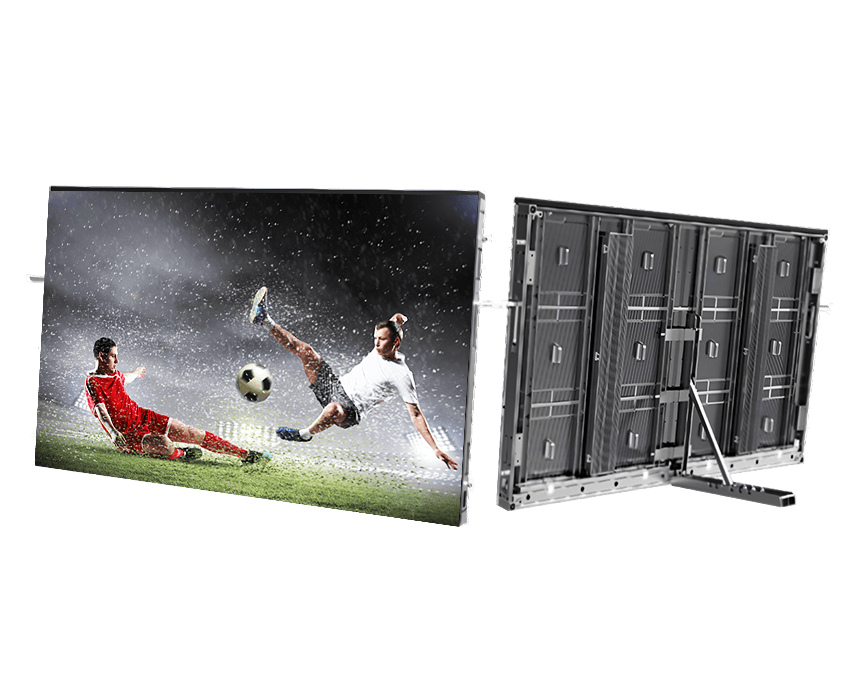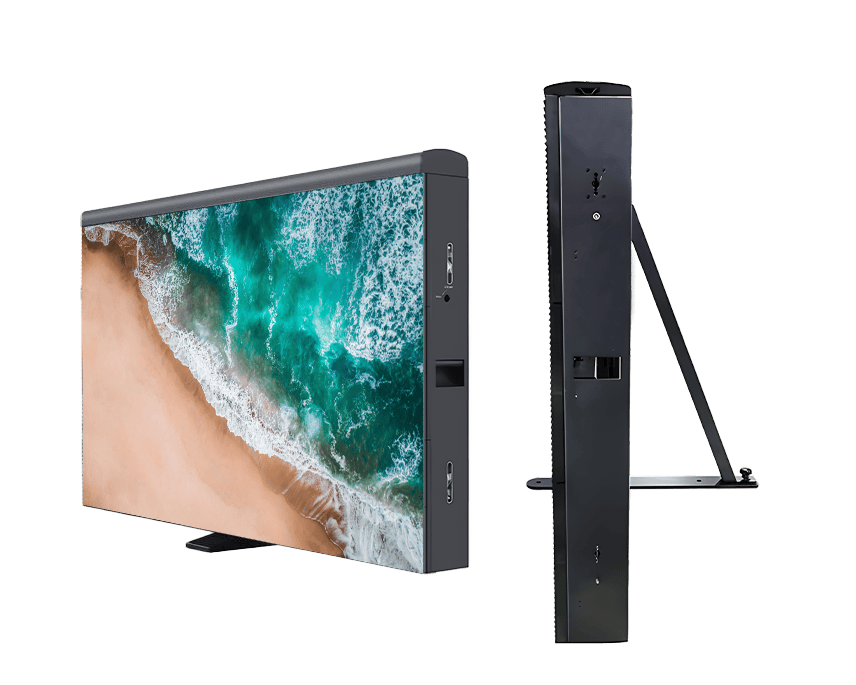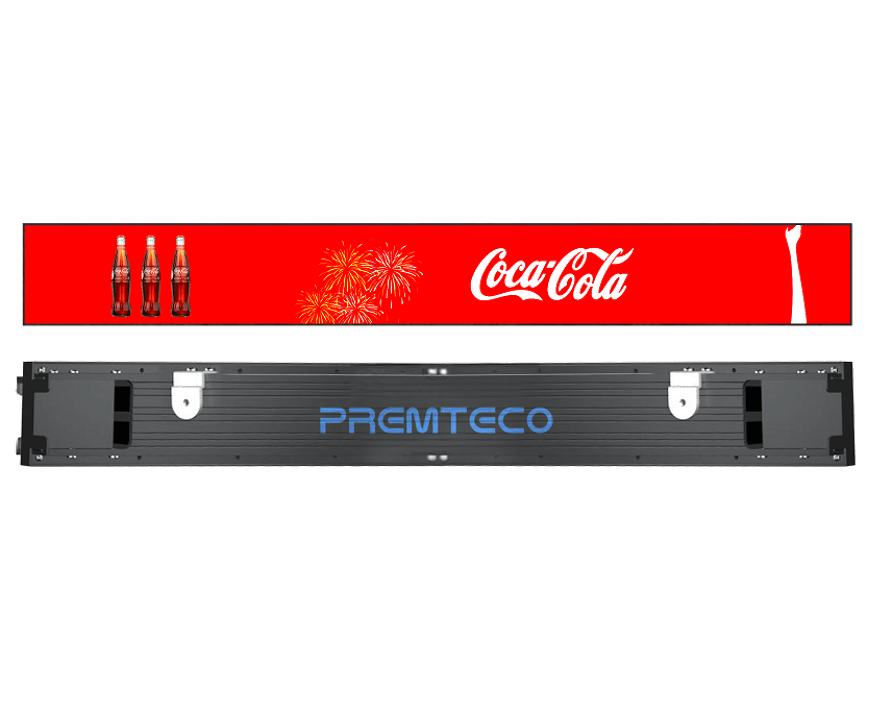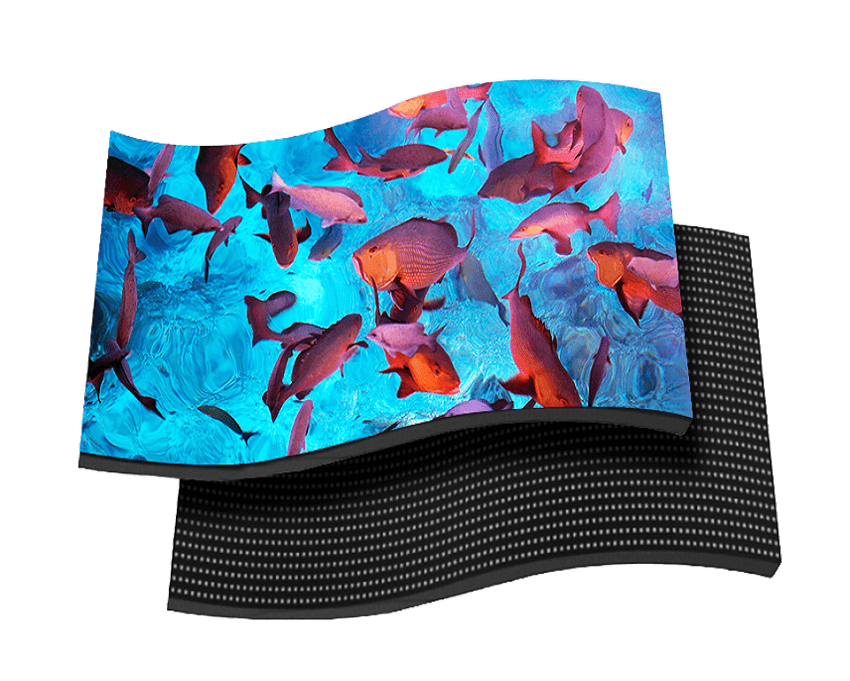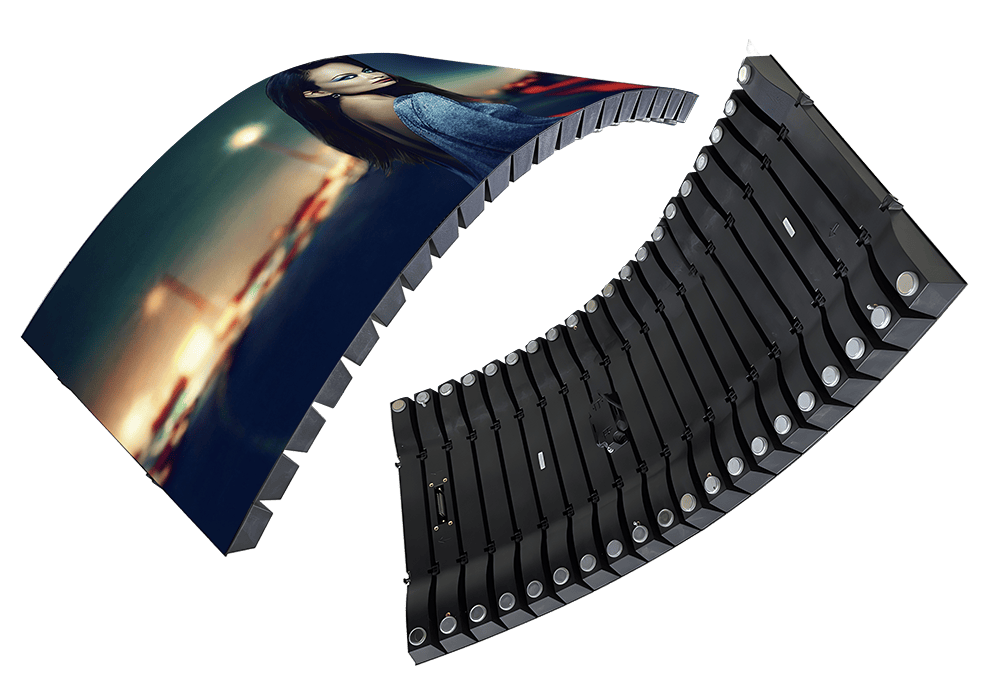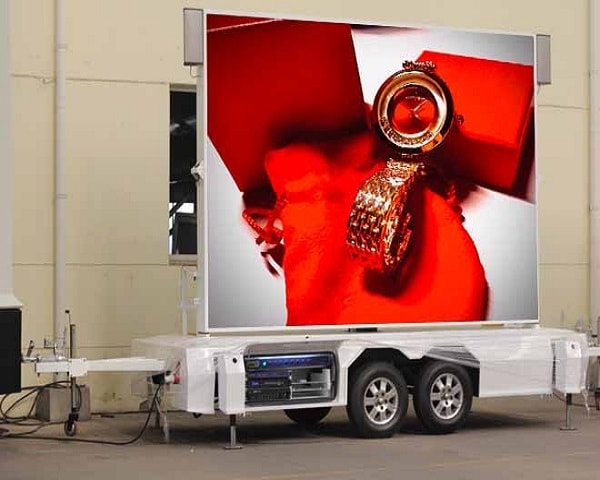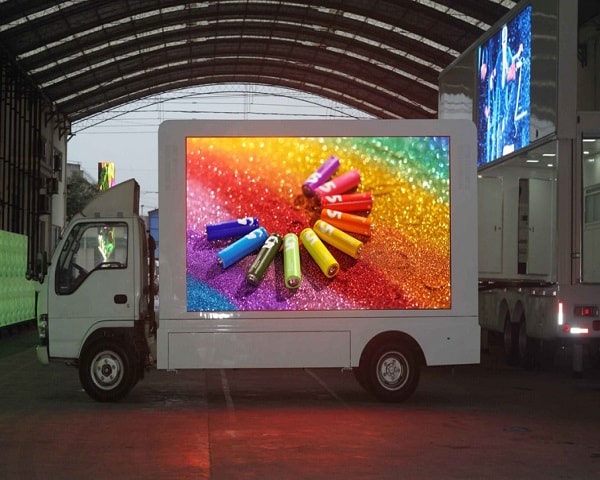What is the difference between indoor and outdoor LED rental
Views: 3362
Author: Site Editor
Publish Time: 2024-02-22
Origin: Site
LED rental refers to the practice of temporarily leasing LED display screens for various events, exhibitions, presentations, and other purposes. In this article, we will explore the key differences between indoor and outdoor LED rentals, highlighting the technical specifications, content considerations, rental factors, and real-world examples that demonstrate the importance of selecting the right LED display for each environment. By understanding these differences and considerations, event planners, organizers, and businesses can make informed decisions to ensure the success of their LED display deployments in diverse environments.
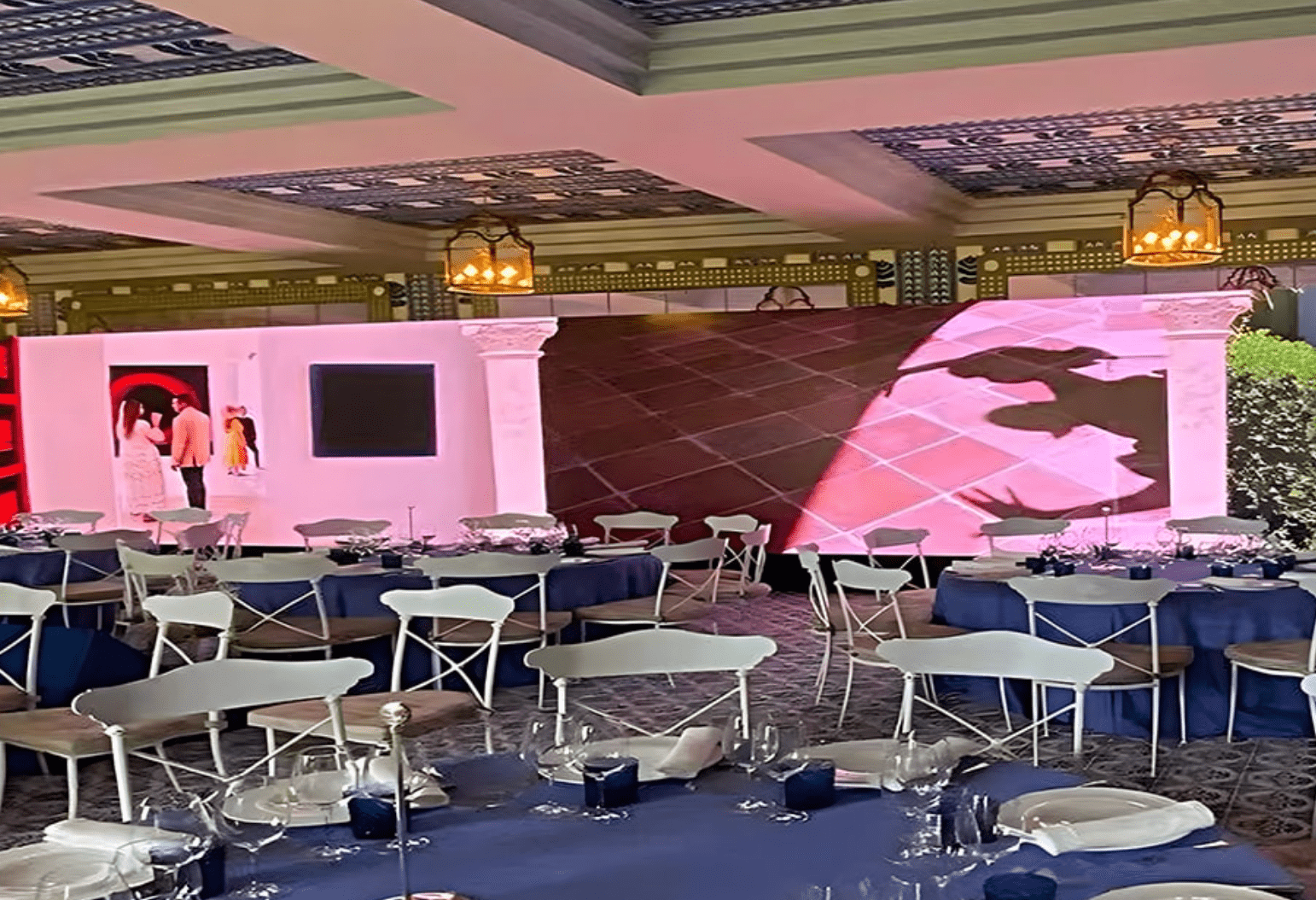
What is the difference between indoor and outdoor LED rental?
Here's a table illustrating the key differences between indoor and outdoor LED rental:
| Aspect |
Indoor LED Rental |
Outdoor LED Rental |
|
Environment
|
Controlled indoor environments
|
Exposed outdoor environments
|
|
Pixel Pitch
|
Smaller pitch for closer viewing distances
|
Larger pitch for longer viewing distances
|
|
Brightness
|
Moderate brightness levels suitable for indoor use
|
High brightness levels to combat outdoor lighting
|
|
Weatherproofing
|
Not weatherproofed
|
Weatherproofed for protection against elements
|
|
Cabinet Design
|
Lightweight and sleek
|
Sturdy and robust
|
|
Common Applications
|
Trade shows, exhibitions, corporate events
|
Concerts, festivals, outdoor advertising
|
|
Content Visibility
|
Clear visibility in controlled lighting conditions
|
Adjustments needed for varying ambient light levels
|
|
Maintenance Requirements
|
Minimal exposure to environmental factors
|
Regular maintenance due to exposure to elements
|
|
Rental Considerations
|
Short-term rentals for indoor events
|
Longer-term rentals for outdoor events
|
Key Differences Between Indoor and Outdoor LED Rentals
1. Brightness and Luminance
Indoor LED displays are specifically designed for environments with controlled lighting conditions and feature brightness levels typically ranging from 600 to 1,500 nits, which is sufficient for clear visibility in indoor settings without causing eye strain to viewers. In contrast, outdoor LED displays are engineered to remain visible in broad daylight and to compete with natural light, boasting significantly higher brightness levels, often exceeding 5,000 nits. This elevated brightness is crucial for ensuring that the displayed content remains clear and vibrant, even under direct sunlight, catering to the diverse needs of indoor and outdoor viewing environments effectively.
2. Weather Resistance
Indoor LED displays, shielded from the elements, forego weatherproofing, resulting in lighter, more delicate designs that prioritize image quality. Conversely, outdoor LEDs are fortified with weather resistance to endure rain, dust, and extreme temperatures, boasting IP ratings like IP65 or IP67 for comprehensive environmental protection, marrying durability with performance.
3. Physical Durability
Indoor LED displays prioritize lightweight and flexible designs for durability, with less exposure to physical impacts than their outdoor counterparts. In contrast, outdoor LED displays are engineered for enhanced physical durability, incorporating stronger materials and protective measures to withstand vandalism, weather impacts, and various outdoor risks, balancing the needs for resilience and functionality in different environments.
4. Resolution and Pixel Pitch
Indoor LED displays prioritize lightweight and flexible designs for durability, with less exposure to physical impacts than their outdoor counterparts. In contrast, outdoor LED displays are engineered for enhanced physical durability, incorporating stronger materials and protective measures to withstand vandalism, weather impacts, and various outdoor risks, balancing the needs for resilience and functionality in different environments.
5. Installation and Mobility
Indoor LED displays are easier and quicker to install, designed for flexibility with less need for structural support, allowing them to be easily moved or reconfigured for various events. In contrast, outdoor LED displays demand more complex installations, including significant structural support, electrical considerations, and weatherproofing, making them less mobile due to their size, weight, and installation intricacies.
6. Cost
The cost of indoor LED rentals varies significantly with factors like resolution, size, and display technology playing pivotal roles; displays with higher resolution and tighter pixel pitches typically command higher prices. On the other hand, outdoor LED displays generally have higher costs attributed to their durable build, necessary weatherproofing, and technology for achieving high brightness levels. Yet, the cost difference for very large installations can be mitigated somewhat by the larger pixel pitch characteristic of outdoor displays, balancing financial considerations with technical requirements.
In Summary
The main differences between indoor and outdoor LED rentals revolve around brightness levels, weather resistance, durability, resolution, cost considerations, and installation requirements.
Choosing the right type of LED display is crucial for the success of your event or advertisement campaign. The decision should be informed by the specific needs of your project, including the environment where the display will be used, the distance from which it will be viewed, and the level of detail required for the content. Consulting with professionals can provide valuable insights into the best solutions that match your requirements and budget. Ultimately, the right LED display will not only captivate your audience but also enhance the overall impact of your event, making an informed choice essential for achieving your desired outcomes.









